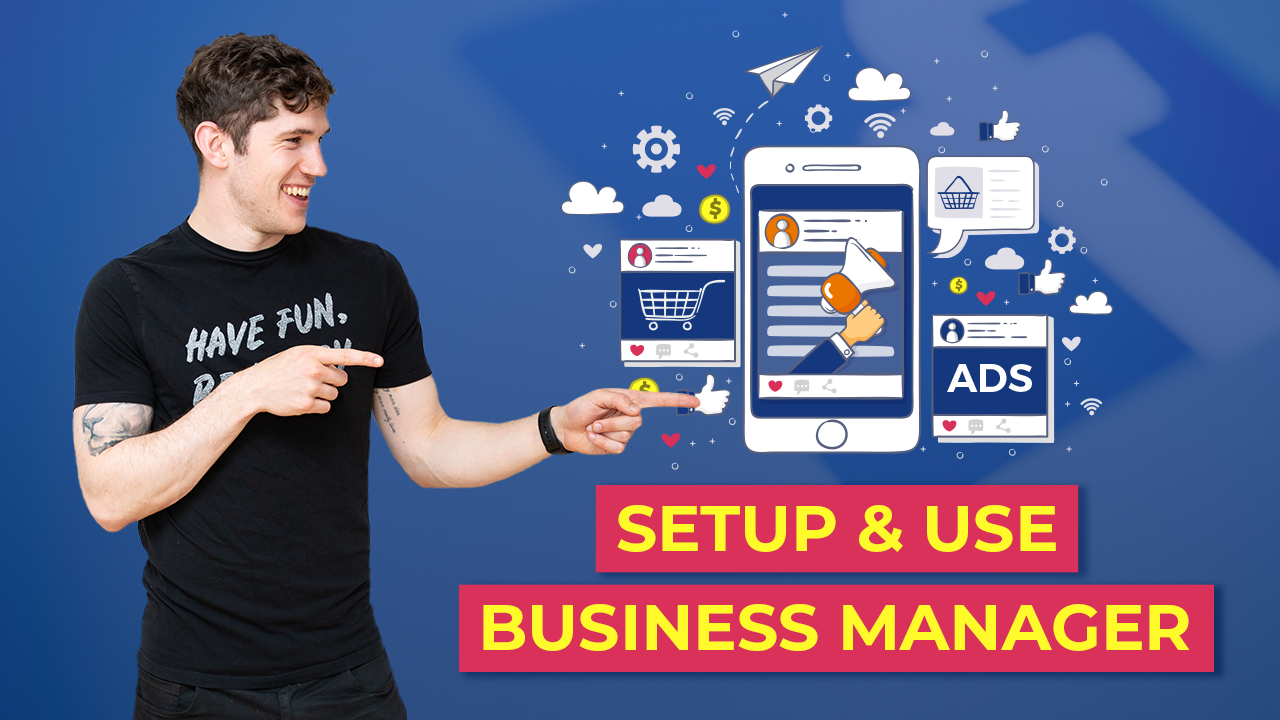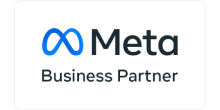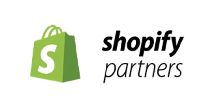Confused about how to use Facebook Business Manager? You’re not the only one!
As much as I love it, I’m the first to admit that the Facebook team could make navigating it a whole lot easier.
If you’re looking to improve the set up of your Facebook Business Manager, keep reading.
The problem with keeping things personal
If you’ve got a Facebook page, you might not even have a Business Manager.
But, you could be missing a trick.
Because without Facebook Business Manager, you’re doing everything via your personal page — you know, the page where you have your friends, pictures of your kids or cats, and basically your whole life. Your business page and your personal account are completely linked and to create a boost or an ad for your business page, you’re going to need to create a personal ad account.
Now, if you’re the only one who needs access to the business page, you might just get away with that for a while. However, as soon as you want to create more than one ad account, or have other staff or outside agencies helping you manage your ad account and pages, you could run into problems.
Say you’ve given a staff member access to your business page…and then they quit on not-too-friendly terms — you risk losing access to your Facebook page, your ad account, and the community you’ve been building up.
Keeping control with Business Manager
The great thing about Facebook Business Manager is that it essentially removes that personal element, especially important if you have more than one ad account or if you want to give other people access to work on your ad account or page for you. It is, without a doubt, a much more secure way of managing your accounts.
The way I like to view it is as a sort of umbrella company, taking care of all of the different assets — pages and ad accounts — your business owns on Facebook.
So before, when you were creating an ad account it would have been linked to your personal account and called something like, ‘Gavin Bell ad account’. Now, with Business Manager set up, it’s going to be named after your business page. For example, say your business is called ‘Corporate Solutions’ (gotta love the super-imaginative name, right?), your ad account will be called ‘Corporate Solutions ad account’.
The ad account is no longer owned by you personally, but by Business Manager. So if you want to have an agency come and work on your ad account or your Facebook page, you don’t have to be friends with them personally on Facebook — and you don’t have to give them admin access to the page. Not only is this much more secure, but it’s great if you like to keep your work life and your personal life (and personal social media) separate.
Assigning Access
Another major advantage of using Business Manager is that you can have people working on your page without giving them any login details or blanket access.
Maybe you have a particular member of staff who’ll be working on the page and you want to increase their access so that they can work on the ad account as well. That’s totally doable.
You can choose different levels of access for different staff members and outside agencies or consultants. It might be that you want to limit their access to viewing performance stats, or have them working only on specific ad accounts or specific pages. And if you’re working with a consultant, you can choose the ‘assign partners’ option, click on ‘Business ID’ and enter their own Business Manager ID. This way, you give their Business Manager access to your Business Manager, again avoiding the need to involve your personal page and friend requesting!
If you get to a point where that person leaves the business, or you switch agencies or consultants, you can simply revoke their access. You no longer have to risk being locked out of your own page.
Giving people only as much access as they need to do their jobs, makes everything more manageable and secure.
A note about pixels and apps
A final point to share — and it’s something that I get asked frequently — is about pixels. As a rule of thumb, you need one pixel per ad account, so if you have three ad accounts, you should have three pixels. And they’re attached to the ad account itself, not the Business Manager or the page, or the personal profile. I’ve written this blog all about how to set up the Facebook pixel in case you’re unsure.
Every single asset you have that can be used on Facebook, should be held within your Business Manager, whether it’s your Instagram account, any apps you use, or data sources like pixels and catalogs.
Having everything sheltered under this one umbrella, makes life so much easier for you as a business owner, and much more secure as well. So if you’ve been on the fence about trying it, I’d say go ahead and give it a try — your only regret will be not doing it sooner!
And if you want to watch a super quick walk through of what Business Manager actually looks like, in all its glory, check out the video above where I show you exactly how it all works.
If you have any questions or comments about Business Manager, or need help getting yours sorted, get in touch today.






